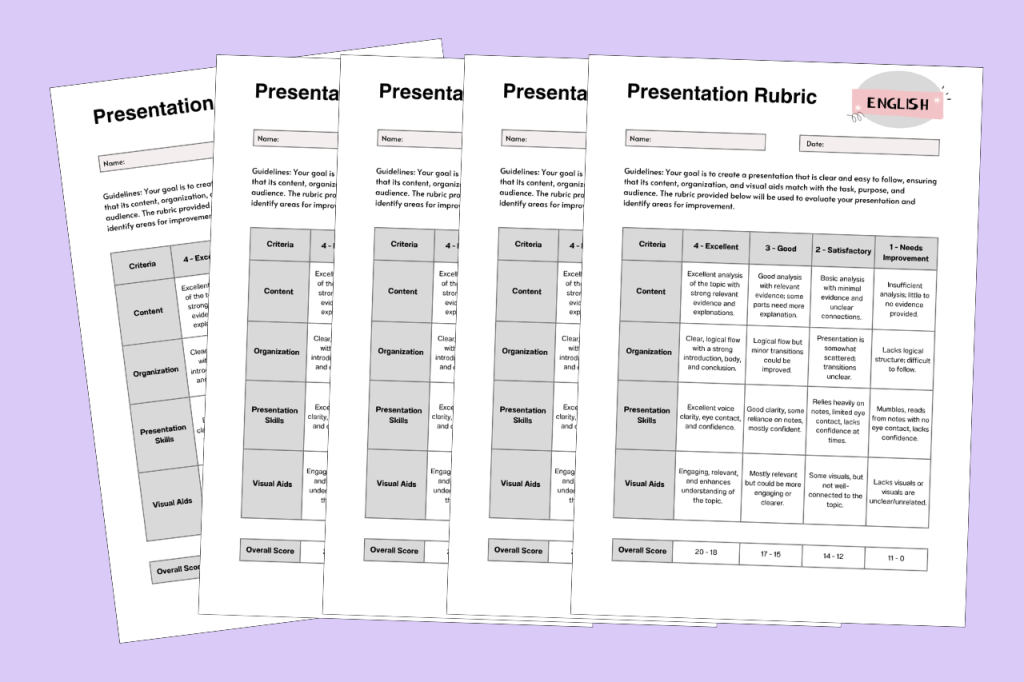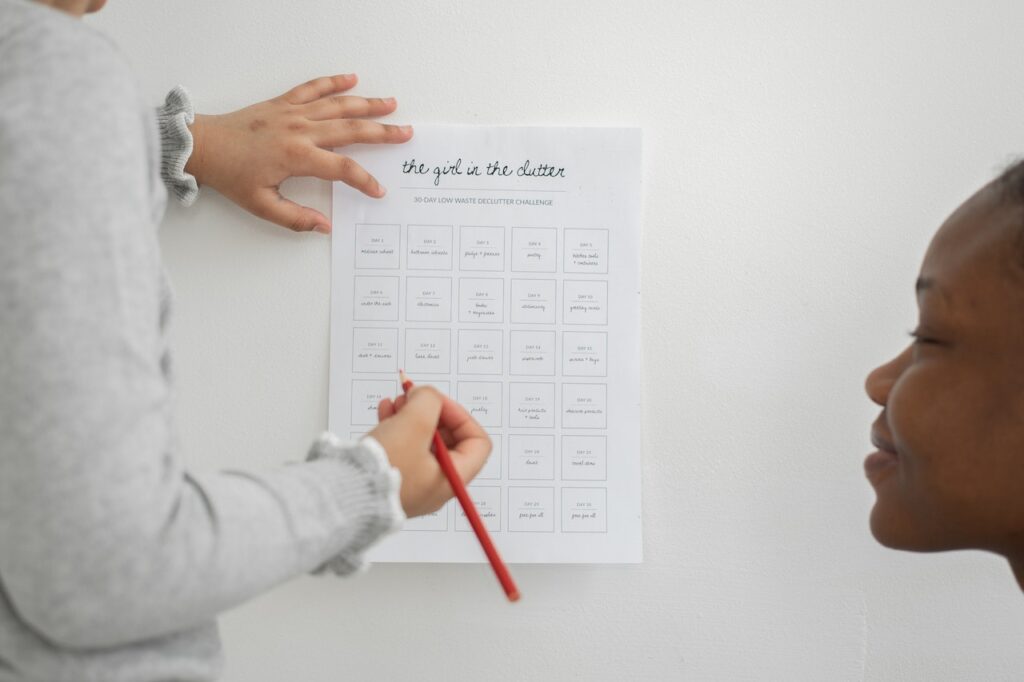In this article we look at providing ELA rubrics for homeschoolers and how it can help guide their efforts when making presentations.
For many homeschooling families, English Language Arts (ELA) is more than just reading and writing—it’s about helping kids express themselves, communicate clearly, and think critically. One tool that can make a big difference in building these skills is our oral presentation rubric for the ELA homeschool classroom. While rubrics may sound formal, they can actually be a game-changer in a homeschool setting, offering a simple, clear way for kids to understand what makes an effective presentation.
Click here or on the image below to gain access to our ELA rubric (pdf format).
Here’s why incorporating oral presentation rubrics into your ELA curriculum can make such an impact, and why they may become one of your go-to teaching tools.

What Is an Oral Presentation Rubric?
Simply put, a rubric is a guide that outlines the criteria for grading or evaluating a task—in this case, an oral presentation. It breaks down each part of the presentation (such as content, organization, voice, eye contact, etc.) and provides descriptions for different levels of achievement.
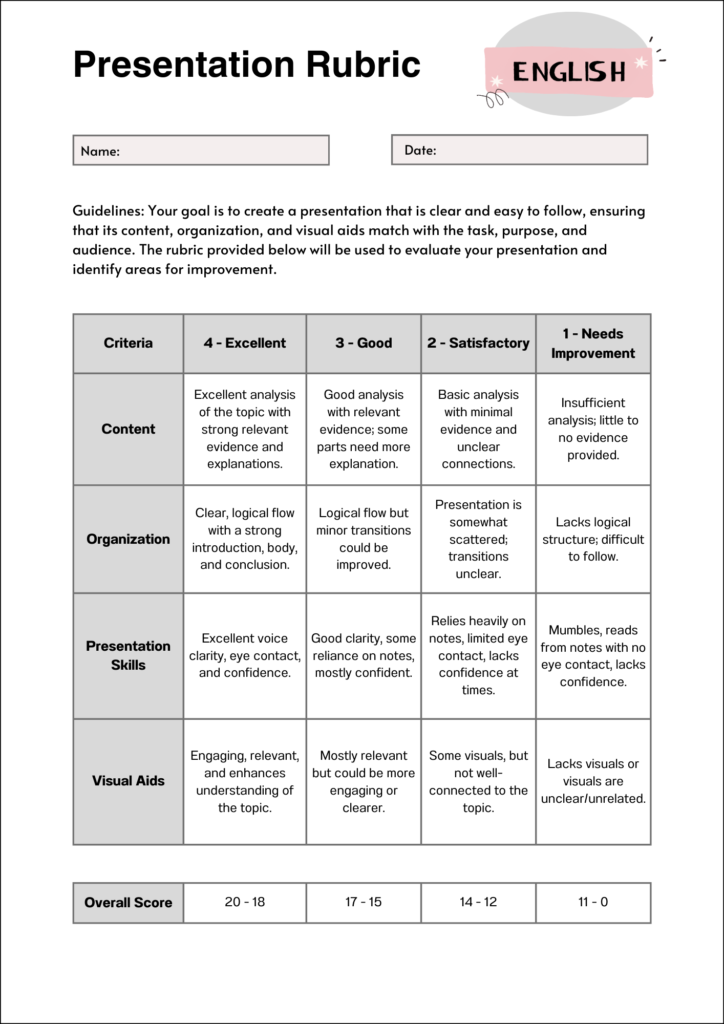
For homeschooling, rubrics are valuable because they set clear expectations and make feedback constructive, focusing on what your child did well and where they can improve.
Benefits of Oral Presentation Rubrics
Below we list five (5) benefits of oral presentation rubrics to helping students improve their clarity, confidence, self-esteem and more in speaking and putting their creative ideas.
1. Clarity and Confidence
Presentations can be intimidating, even in a homeschool setting. For many kids, standing up to share their thoughts, ideas, or research can feel overwhelming. A rubric provides a structured framework that breaks down the task into manageable parts.

When they know they’re being assessed on specific skills—like clarity, pacing, or eye contact—kids feel more confident in knowing what’s expected of them. They aren’t left guessing what makes a “good presentation”; they have a guide.
2. Encourages Self-Reflection
With a rubric in hand, your child can self-assess before presenting, thinking critically about what they’ve prepared. This self-reflection process helps them take ownership of their learning and see areas where they can improve independently.

They start to ask questions like, “Am I speaking clearly?” or “Did I organize my points well?”—key questions that build self-awareness and encourage growth.
3. Fosters Essential Communication Skills
Clear communication is at the heart of ELA, and rubrics are like a roadmap for developing these skills. A well-crafted rubric can emphasize essential elements such as:
- Content: Is the information accurate and well-researched?
- Organization: Does the presentation flow logically?
- Delivery: Are they speaking confidently and at a good pace?
- Engagement: Are they maintaining eye contact and connecting with their “audience”?

By evaluating these elements, kids gain a deeper understanding of what it takes to communicate effectively—skills that will benefit them in every subject, and eventually in college or a career.
4. Constructive Feedback Made Simple
One of the biggest challenges in homeschooling is offering feedback that’s both supportive and constructive. Rubrics make this easy! Instead of giving vague feedback like “Good job!” or “Needs work,” you can pinpoint exactly where your child excelled and where there’s room for improvement.
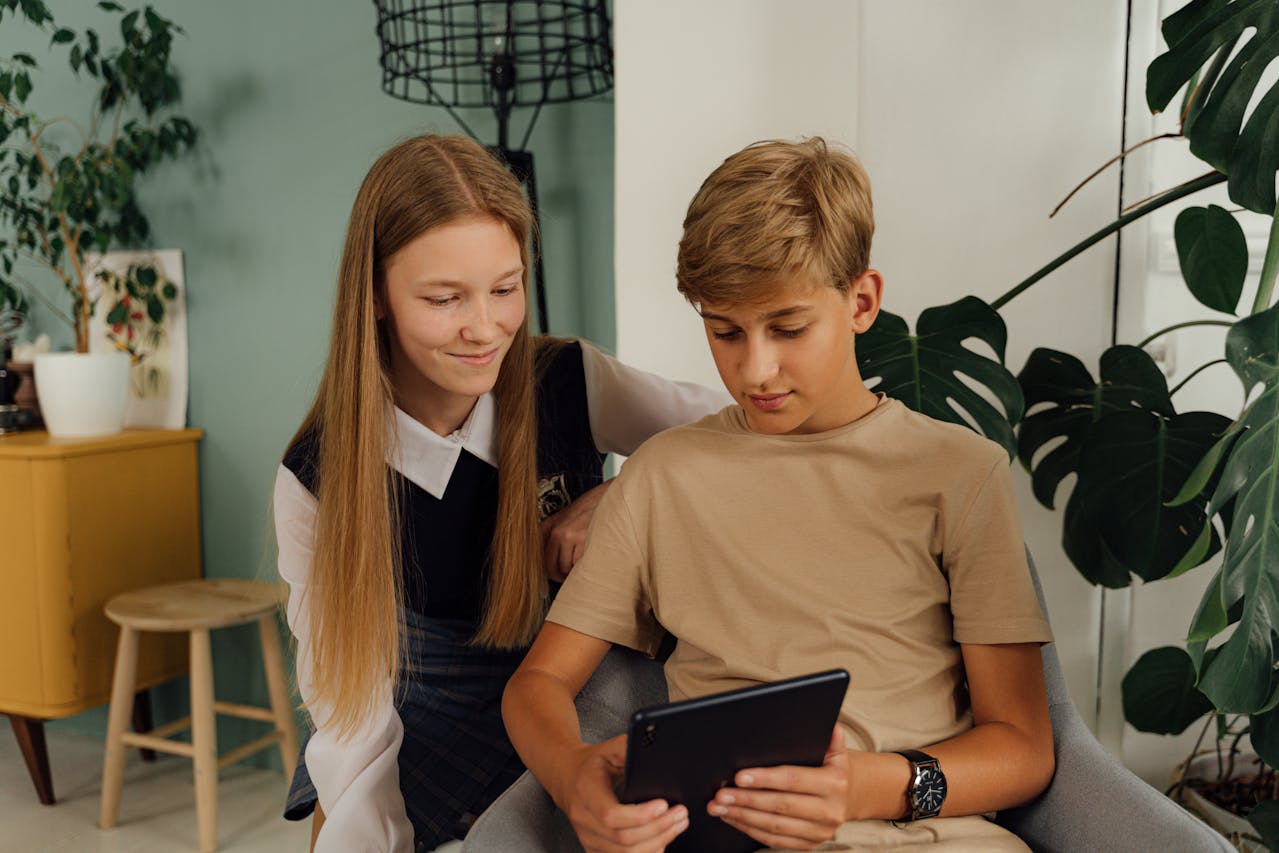
This turns feedback into a learning moment, helping your child focus on specific skills without feeling discouraged.
5. Consistency Across Assignments
Using a rubric brings consistency to your homeschooling approach. If you have multiple children or cover presentations in different subjects, rubrics create a standardized way to assess each child fairly.

With each presentation, you can use the same criteria to gauge progress and celebrate improvements. Plus, this familiarity helps kids feel more comfortable with presenting over time.
Making Rubrics Fun and Meaningful
Of course, rubrics don’t have to be dry or rigid. Make them your own! Tailor the language to your child’s age and experience level, and include criteria that speak to their unique strengths. For younger children, you might simplify with checkboxes like “Used a clear voice” or “Spoke at a steady pace,” while older kids can work with more detailed rubrics that challenge them to dig deeper.

You can also invite your child to create their own rubric criteria, encouraging them to think about what makes a good presentation in their eyes. This adds a personal touch and turns rubric use into a collaborative, empowering experience.
Final Thoughts: Why Presentation Rubrics Matter in ELA
Using rubrics in the homeschool setting gives kids something powerful: a sense of direction. Presentations become less about performance and more about skill-building, with each rubric-guided assignment helping them grow in confidence and competence. Kids start to see presentations as a space to share what they know and practice real-world skills they’ll need throughout their lives.
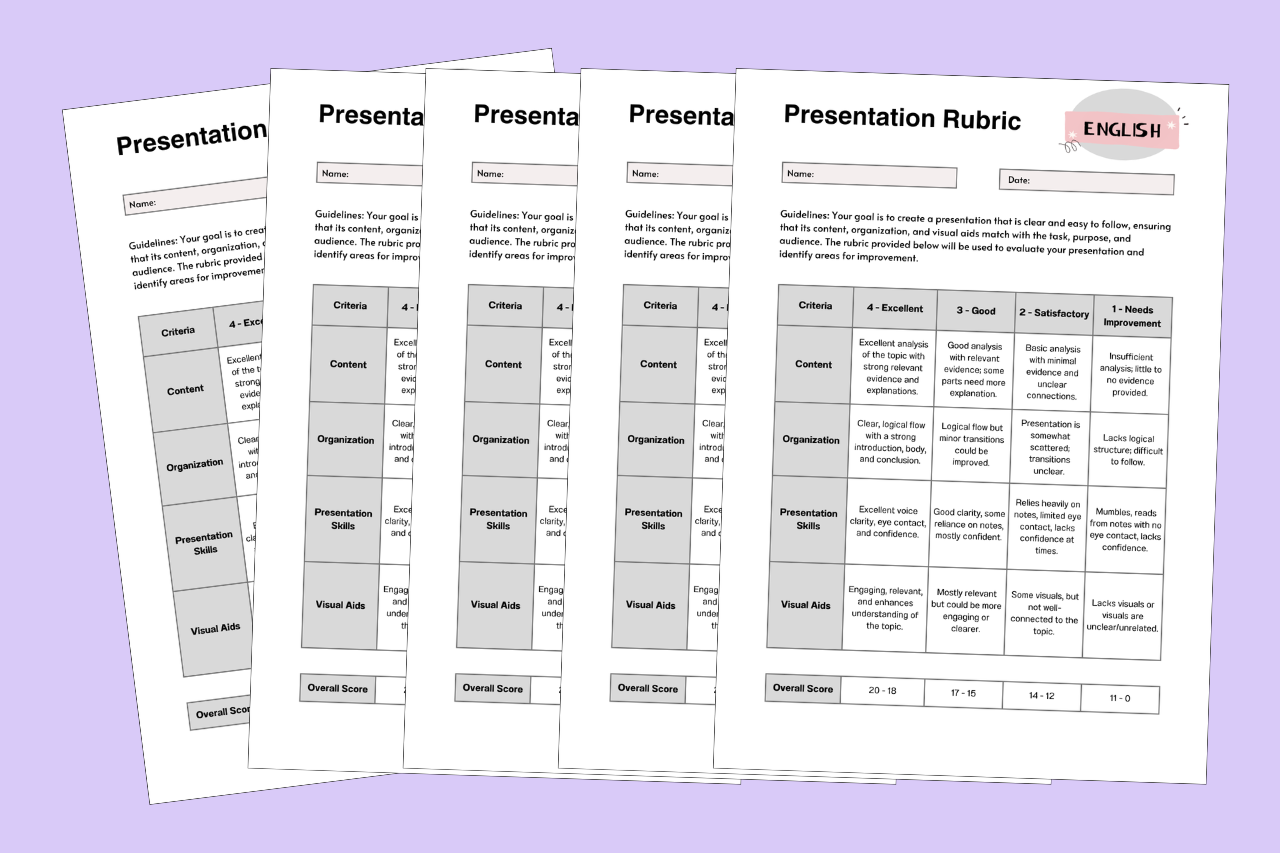
In the homeschool ELA classroom, rubrics help bridge the gap between creativity and structure, making the learning process both rewarding and transparent. So, the next time your child is preparing a presentation, try adding a rubric into the mix. You might just find it helps you both—encouraging thoughtful feedback, fostering a sense of accomplishment, and building skills that extend far beyond the lesson plan.
Happy homeschooling, and here’s to clearer communication!
Tools to Help with ELA Presentations in the Homeschool Classroom
This blog contains affiliate links to highlighted websites and/or resources. By clicking on the link and making a purchase we may earn a small commission at no extra cost to you. Click here for full disclosure.
In preparing for an English Language Arts (ELA) presentation can be an exciting yet challenging task for homeschooling families. With the right tools, you can make the process smoother, more engaging, and even fun for your child. Here are five Amazon tools that can help boost your homeschool ELA presentations:
1. Portable Whiteboard with Stand
- A portable whiteboard is a versatile tool that lets kids jot down main points, practice outlining their presentations, and even illustrate key ideas. It’s also excellent for practicing pacing, eye contact, and other presentation skills by simulating a classroom setup.
- Recommended Product: VIZ-PRO Magnetic Dry Erase Board with Stand
2. Wireless Presenter Clicker
- A wireless presenter clicker is an essential tool for practicing smooth transitions during digital presentations. Kids can control slides from a distance, which allows them to practice engaging with their “audience” instead of staying glued to a screen.
- Recommended Product: DinoFire Wireless Presenter with Red Light
3. Mini Tripod with Phone Holder
- Recording presentations helps kids see where they can improve, from eye contact to voice projection. A mini tripod with a phone holder lets them easily set up a recording device to practice and review their performance independently.
- Recommended Product: UBeesize 10’’ Selfie Ring Light with Tripod Stand & Cell Phone Holder
4. Digital Voice Recorder
- Practicing speaking skills is essential for ELA presentations, and a digital voice recorder lets kids listen to themselves to fine-tune their volume, clarity, and pacing. Reviewing their audio recordings can help them gain confidence and polish their speaking skills.
- Recommended Product: Sony ICD-UX570 Digital Voice Recorder
5. Story Cubes for Creative Prompts
- Story cubes are a fun way to help kids come up with creative ideas or story prompts for their presentations. By rolling the cubes and using the images as inspiration, kids can develop unique presentation ideas while also practicing their storytelling skills.
- Recommended Product: Rory’s Story Cubes
These tools can add structure, fun, and engagement to your homeschool ELA presentations, helping kids build confidence, practice essential speaking skills, and make each presentation a memorable learning experience.
Join Us
Join our growing community of homeschooling parents looking for ready and easy to use learning resources for their homeschool classroom.
Related Topics
- ELA Worksheets and Resources in Canva
- ELA Teaching Resources
- How to Teach the Writing Process
- Language Development & It’s Impact on Learning
- How Our Student Blogs Motivate Learning
- Elements to Writing A Compare Contrast Essay
- 5 Elements To Writing A Persuasive Essay
- Easy Grammar Activities for Homeschooling Students
Share Your Thoughts!
We would like to hear from you! How do you think presentation rubrics should be seen in the ELA classroom? Let us know in the comments below!


